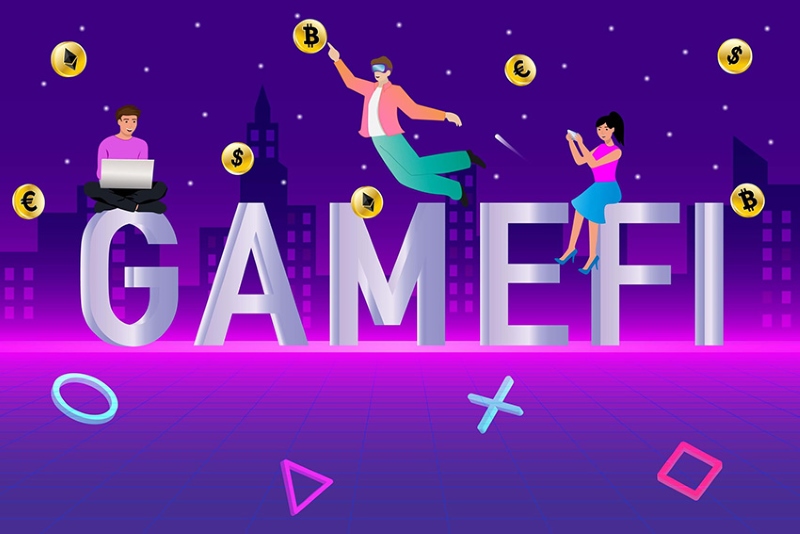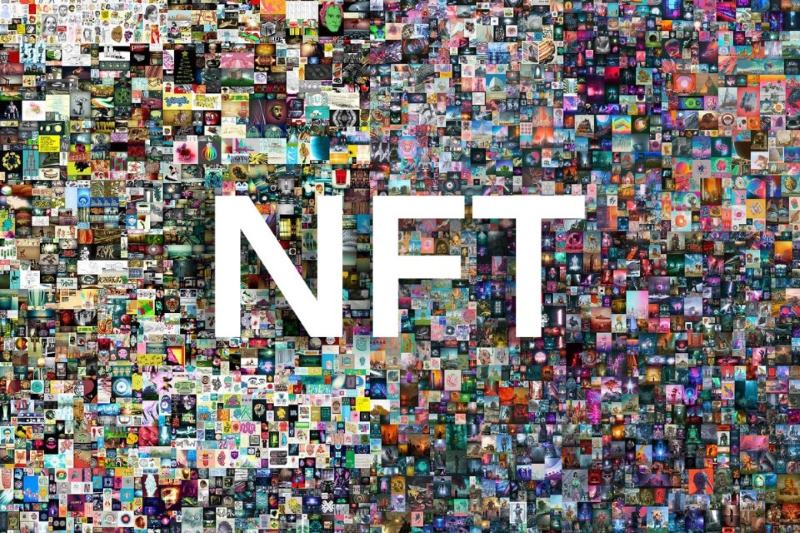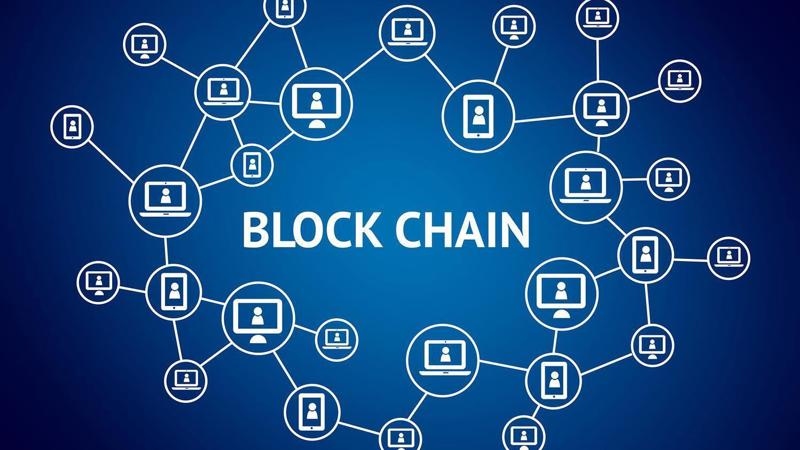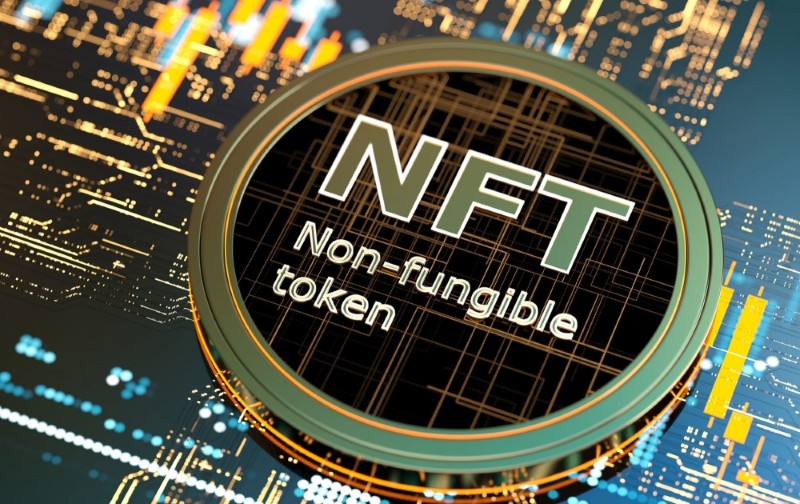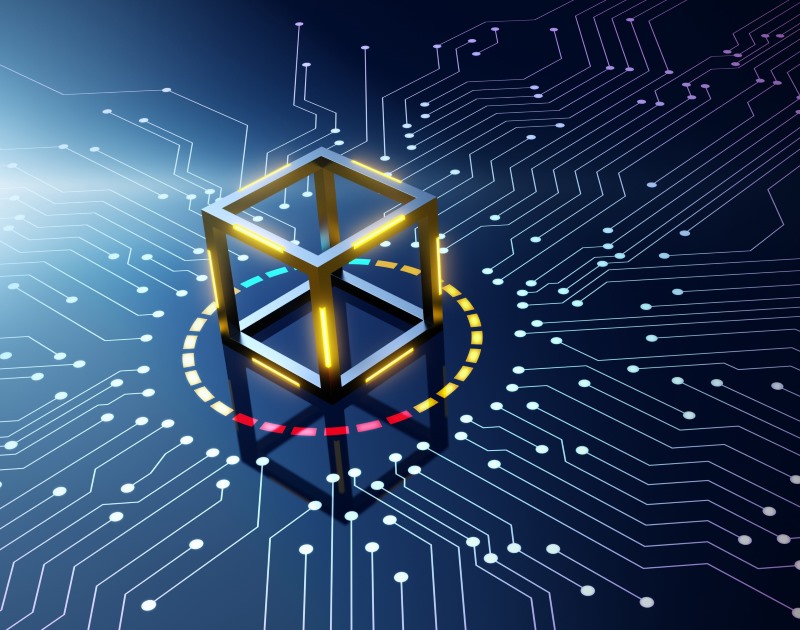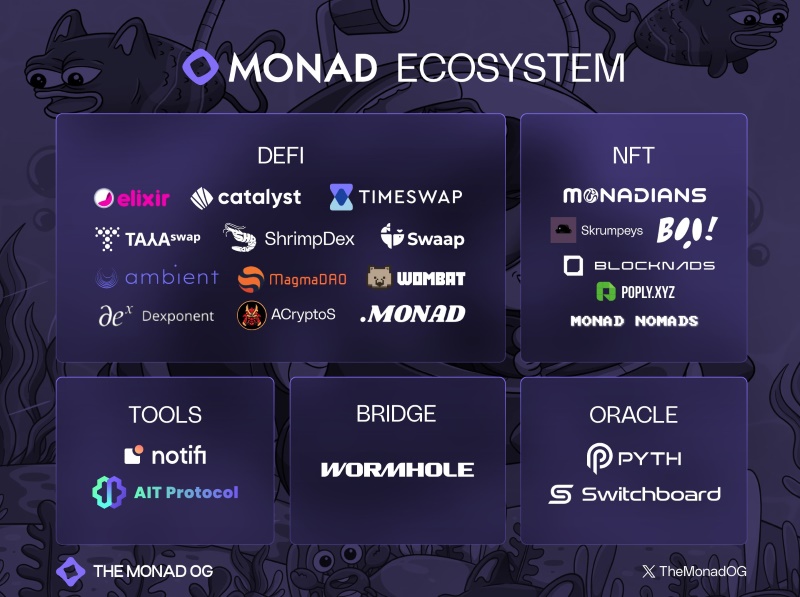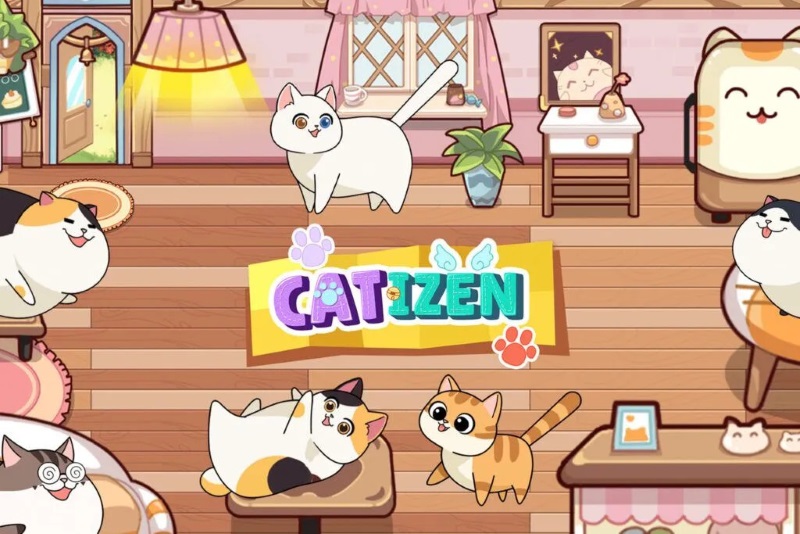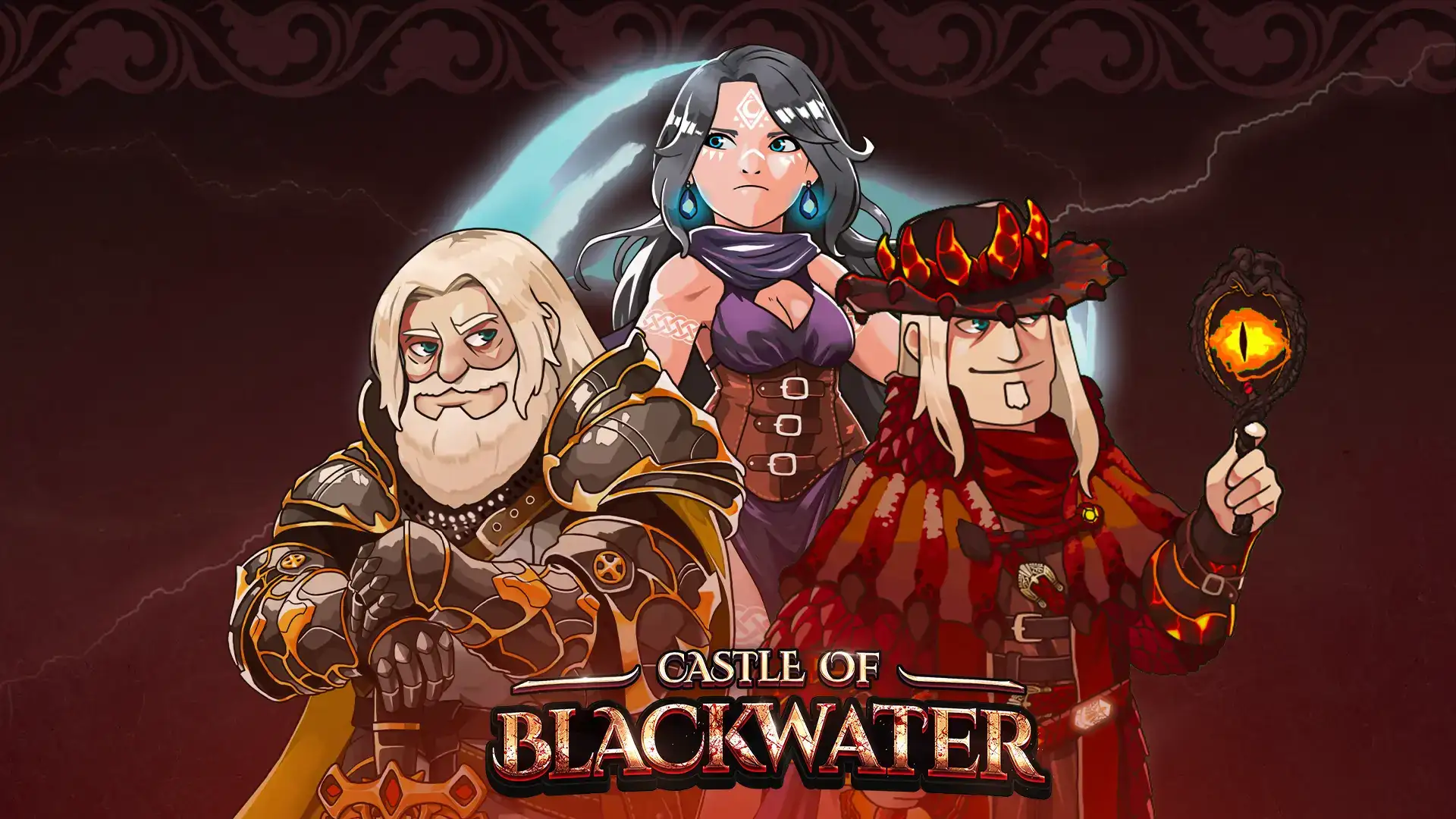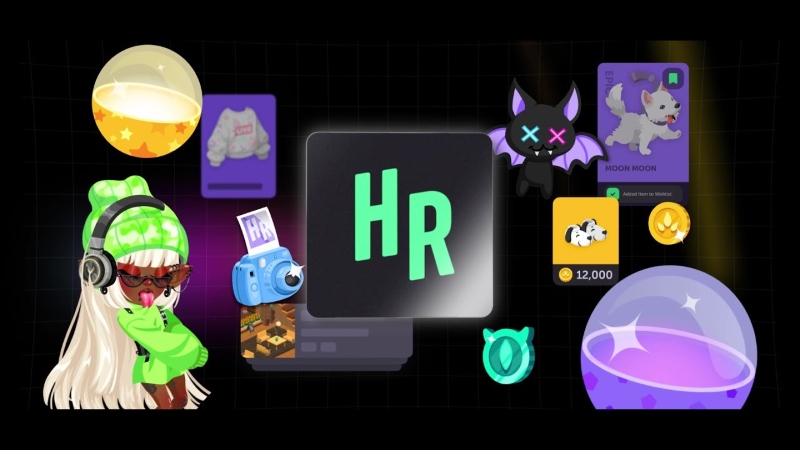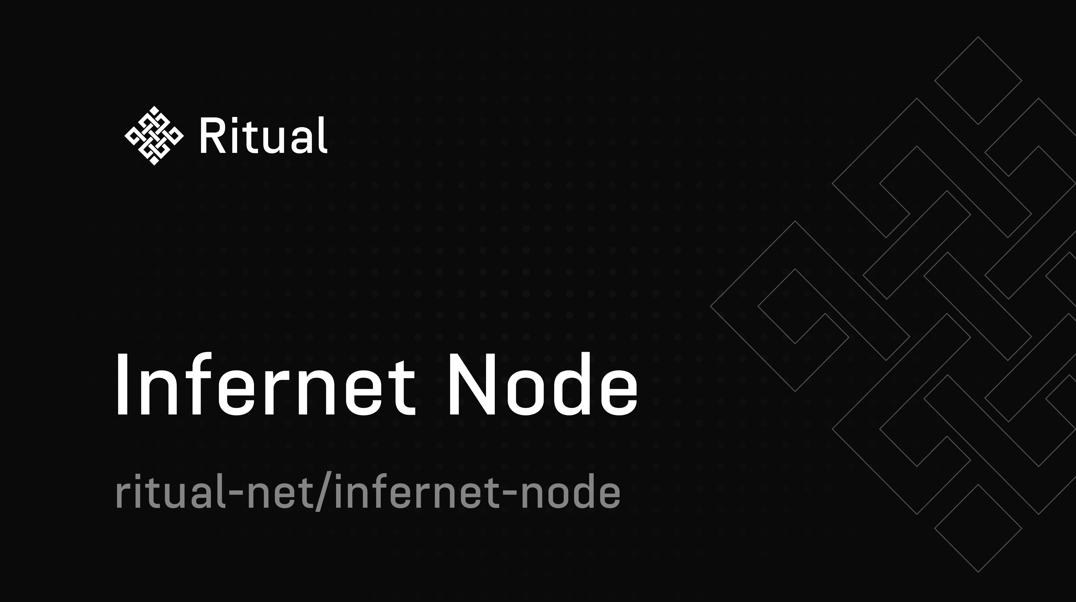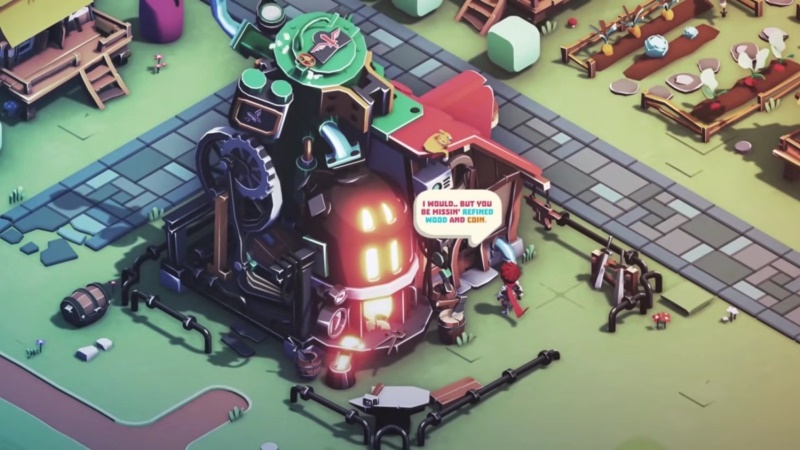What is blockchain gaming? It’s a blend of gaming and blockchain, allowing players to own digital assets, earn rewards, and trade for real-world value.
What is blockchain gaming?
What is a blockchain game? It is a revolutionary evolution in the gaming industry, incorporating blockchain technology into video game design and management.
Depending on their specific application of blockchain, blockchain gaming meaning are also referred to as crypto games, NFT games, Web3 games or metaverse games. Their unique features differentiate them from traditional games in several key ways:
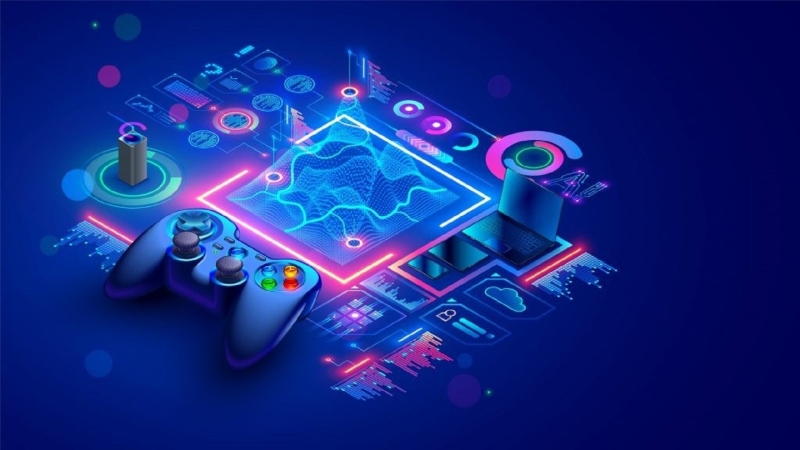
– Decentralization: Unlike traditional games, which are managed by centralized entities, blockchain games can operate under decentralized autonomous organizations (DAOs). This ensures they are maintained by a community of independent members, making them harder to shut down or manipulate. However, traditional game developers could also adopt blockchain benefits without using a DAO framework.
– Interoperability: Blockchain games can seamlessly integrate with other blockchain-based games, allowing assets to cross blockchain gaming platforms and creating a broader market for in-game items.
– Player ownership and play-to-earn incentives: Players can acquire or win digital assets such as tokens or NFTs, which they can keep or sell in decentralized marketplaces for real-world currency.
– Data portability: Blockchain empowers gamers with full control over their data and assets, enabling easy transfer across platforms or games.
Blockchain technology in gaming
Blockchain gaming explained a part from blockchain. Blockchain technology serves as the backbone of these games, offering a range of applications:
- Smart contracts: These automate in-game transactions, ensuring secure and transparent exchanges.
- NFTs as assets: Digital items like skins, characters, or collectibles, providing authenticity and ownership to players.
- Secure transactions: All game-related blockchain activities are validated and recorded ensuring integrity and transparency.
Furthermore, blockchain technology enables innovative funding methods for game development, such as Initial Game Offerings (IGOs) or Initial Coin Offerings (ICOs), where developers, gamers, and investors can support projects by purchasing native tokens.
Role of NFTs in Gaming
Non-fungible tokens (NFTs) are integral to blockchain gaming. NFTs represent unique digital assets that can be owned, bought, sold, or even used within games, providing gamers with tangible stakes in virtual worldsKey features of NFTs in gaming include:
– Digital scarcity: Each NFT is one-of-a-kind or part of a limited series, which makes them more valuable compared to the traditional in-game assets that are often replicated without limits.
– Interoperability: NFTs are not confined to a single game. In blockchain gaming ecosystems, some NFTs can be used across multiple games.
– Ownership security: Each NFT is stored on the blockchain, a decentralized ledger that ensures transparency and uniqueness. The blockchain prevents duplication or fraud, making sure that players’ assets are legitimate.
Metaverse games
Metaverse games create immersive virtual worlds that integrate cryptocurrency-based economies. Features include:
– 3D Real-Time Interaction: Players use avatars to interact in dynamic, lifelike environments.
– Asset Management: Players can buy, sell, or develop virtual assets like land, which are often represented as NFTs.
– Community Governance: Many metaverse games, such as Decentraland, operate under DAOs, giving players voting power on game-related decisions through the use of native tokens like MANA.
What is blockchain gaming advantage and disadvantage?
Advantages
Blockchain gaming offers numerous benefits to both players and publishers:
– Resilience: One of the key advantages is the decentralized nature of asset storage. Unlike traditional games that rely on centralized servers, blockchain games ensure continuity by storing game assets and data on a distributed network. This means that even if a developer discontinues support or shuts down, the game’s assets remain accessible to players.
– True ownership: Players have complete ownership of their digital assets, such as NFTs or tokens, which they can trade or sell outside the game’s ecosystem. This eliminates the traditional model where in-game items are tied exclusively to a single platform and controlled by the developer.
– Community-driven governance: Many blockchain games operate under decentralized autonomous organizations (DAOs), giving players a voice in game updates and development decisions. This fosters a more collaborative and player-focused gaming experience.
– Fair play: Blockchain’s inherent transparency and the use of smart contracts ensure that all transactions and outcomes are verifiable and tamper-proof. This significantly reduces the likelihood of cheating and builds greater trust among players.
– Providing financial rewards: With play-to-earn models, blockchain gaming provides financial rewards, allowing players to earn real-world value for their time and effort. This feature appeals to a wide audience seeking to combine entertainment with economic benefits.

Disadvantages and limitations
Despite its transformative potential, blockchain gaming faces significant hurdles that must be addressed for popular adoption:
– User accessibility: Many players lack knowledge about cryptocurrency, wallets, and blockchain technology, which can make onboarding intimidating and cumbersome.
– Scalability: Blockchain networks, particularly Ethereum, often experience congestion, leading to delayed transactions and high gas fees. This can deter new users and impact the overall gaming experience.
– Graphics and gameplay complexity: Compared to traditional games developed by major studios, blockchain games often lag in terms of visual quality, narrative depth, and engaging gameplay mechanics. Bridging this gap is crucial for broader appeal.
– Technical risks: The reliance on blockchain networks exposes games to potential vulnerabilities, such as network outages, bugs in smart contracts, and other technical issues that can disrupt gameplay or compromise user assets.
– Market volatility: The value of in-game tokens and NFTs is subject to market fluctuations, which can make earnings unpredictable and introduce financial risks for players.
How do blockchain games make money
After understanding what is blockchain gaming, let’s find out the way to earn money right away.
Biggest blockchain games provide players with opportunities to earn real-world money through cryptocurrencies or NFTs obtained during gameplay. Here’s how it works in detail:
1. Earning digital assets:
When players participate in blockchain games, they can earn digital assets such as native tokens of NFTs through gameplay. These assets might be obtained by completing specific tasks, winning battles, or achieving milestones within the game.
At the initial stages of playing, the amount earned may be modest, but as players gain experience and progress further, the quantity and quality of assets they collect often improve.
2. Trading and selling assets:
One of the defining characteristics of blockchain games is that players maintain complete ownership of their digital assets. Unlike traditional games where in-game items remain locked within the ecosystem, blockchain games enable players to trade or sell their NFTs and tokens on decentralized marketplaces.
This flexibility allows them to convert their earnings into stablecoins or fiat currencies, which can then be used for real-world expenses or investments. The decentralized nature of these marketplaces ensures transparent and secure transactions

3. Asset value fluctuation
The value of in-game assets, much like stocks or cryptocurrencies, is influenced by demand and market dynamics. Players can adopt a strategic approach by holding onto their assets in the hope that their value will increase over time. For instance, a rare NFT earned in a game might become highly sought after, fetching a higher price in the future. However, players must also consider the risks of depreciation, as asset values can decline if demand wanes or the game loses popularity.
4. Play-to-earn model
The play-to-earn model is a cornerstone of many blockchain games. Title like Axie Infinity have pioneered this approach, rewarding players for their time and effort by granting them valuable in-game items or tokens. These rewards can be traded or sold, providing financial incentives for players. This model has attracted a growing audience, particularly individuals seeking to combine their passion for gaming with opportunities to generate income.
5. Development funding and revenue streams
Developers of blockchain games also have unique ways to generate revenue. Initial Game Offerings (IGOs) or Initial Coin Offerings (ICOs) allow developers to raise funds by selling in-game tokens or digital assets to players and investors. These sales provide upfront capital to support game development and create a sustainable revenue stream. Additionally, some games incorporate transaction fees for marketplace trades, earning a percentage of each sale as royalties.
6. Incentivizing long-term engagement
To sustain their player base and encourage continued involvement, many blockchain games introduce rewards for long-term participation. This could include staking native tokens for additional rewards, offering rare NFTs through limited-time events, or enabling players to participate in decentralized governance mechanisms, such as DAOs, where their votes shape the game’s future development.
Keeping up with the latest trends in blockchain gaming is essential. Stay informed by following blockchain gaming news sources for insights on new projects, market trends, and technological advancements.
Conclusion
By understanding what is blockchain gaming and merging financial incentives with gameplay, blockchain games redefine how value is created and shared in the gaming industry.
Blockchain-based game represents a revolutionary shift in the gaming industry, blending entertainment with financial opportunities. By integrating blockchain technology, these games empower players with true asset ownership, decentralized governance, and the ability to earn real-world money.
Despite challenges like user accessibility and market volatility, the advantages of blockchain gaming continue to attract a growing audience. As technology evolves, blockchain gaming is poised to redefine digital entertainment, offering a unique blend of fun, innovation, and financial empowerment. Explore this dynamic landscape and be part of the future of gaming today!
For a seamless entry into blockchain gaming and Web3 investments, explore the Eric Game Guild Ecosystem (EGG). Start your journey today to unlock the future of gaming and investment.
